Bulk Dip Cost Breakdown: A Strategic Guide for Tobacco Buyers
In the evolving landscape of tobacco alternatives, smokeless tobacco products—commonly referred to as dip—have become an important product category for wholesalers, retailers, and private-label brands. Procuring dip in bulk, however, involves more than placing a simple order; it requires a deep understanding of the product’s cost structure, regional sourcing differences, and the implications of choosing white-label versus OEM models.
This guide outlines the key cost components behind dip, compares procurement channels across the U.S. and China, and provides actionable steps for securing a reliable supply chain.
What Is Dip?
Dip, also known as moist snuff or chewing tobacco, is a form of smokeless tobacco placed between the lower lip and gum. The product’s appeal lies in its concentrated nicotine delivery, rich flavor profile, and discreet usage. For buyers—particularly those working with a nicotine manufacturer or tobacco supplier—the first step in managing costs effectively is understanding how dip is made and what contributes to its price point.
Cost Structure of Dip: What You’re Really Paying For
Bulk pricing for dip is shaped by a combination of materials, processes, and logistical factors. Below are the key drivers of cost:
1. Raw Materials
Tobacco is the primary input, and its type and grade significantly affect pricing. Premium tobacco varieties like Virginia or Burley command higher prices due to their smooth texture and consistent burn. Flavoring agents—such as mint, wintergreen, or whiskey notes—also contribute to cost, especially when natural or imported ingredients are used.
2. Nicotine Preparation and Manufacturing
The production process involves curing, fermenting, cutting, and flavoring the tobacco. The nicotine preparation method—whether extracted in-house or sourced from a nicotine factory—can affect both potency and cost. Advanced processes, like micro-batching or precision flavor infusion, may increase operational expenses.
3. Packaging and Branding
Tins or plastic cans with tamper-proof lids are standard, but customized packaging (embossed logos, matte finishes, multilingual labels) can add significantly to per-unit costs. For brands targeting premium markets, these aesthetic choices are often necessary to match consumer expectations.
4. Government Taxes and Compliance
Excise taxes on tobacco products vary widely by jurisdiction. In the U.S., federal and state taxes can substantially increase total landed cost. In export markets, you’ll need to account for destination duties, labeling laws, and health warning regulations.
5. Logistics and Freight
Transportation costs are influenced by order volume, destination, and shipping mode (air, sea, or land). For international shipments, customs clearance, insurance, and warehousing may also factor into final cost projections.
Sourcing Dip: Comparing the U.S. and China
U.S. Suppliers: Speed and Compliance
Working with a U.S.-based nicotine manufacturer or dip producer offers the advantage of faster delivery, FDA compliance, and stricter quality control. However, these benefits come at a price: higher labor costs, facility maintenance, and taxes drive up product cost, making domestic dip generally more expensive on a per-unit basis.
Chinese Suppliers: Cost Savings with Caveats
China remains a popular choice for budget-conscious buyers. Thanks to lower labor and overhead costs, Chinese manufacturers can offer highly competitive prices and large production capacity. That said, buyers should be mindful of the following:
-
Longer lead times
-
Potential language and communication barriers
-
Variable quality standards
-
Challenges in dispute resolution or after-sales support
Mitigating these risks often requires working through verified sourcing platforms or trade partners with a local presence.
White Label vs. OEM: Which Is More Cost-Effective?
Choosing between white label and OEM models depends on your budget, product goals, and market positioning:
White Label
White label dip products are pre-formulated and ready for branding. You simply add your logo and packaging design. This option:
-
Reduces R&D and manufacturing overhead
-
Shortens time-to-market
-
Offers predictable unit pricing
Ideal for small businesses or new entrants aiming to test the market with minimal upfront investment.
OEM (Original Equipment Manufacturing)
OEM offers full control over product formulation, flavor profiles, nicotine levels, packaging format, and more. While this route involves higher costs and longer lead times, it enables you to:
-
Differentiate your brand with custom features
-
Respond to niche market preferences
-
Build long-term supplier partnerships
OEM is best suited for established businesses or those seeking competitive brand distinction in saturated markets.
Ordering Dip in Bulk: A Step-by-Step Process
Once you’ve selected your supplier—domestic or overseas—the procurement process generally includes the following steps:
1. Initial Inquiry
Reach out via official channels, such as SnuffFactory’s contact form, to request a product catalog or sample kit.
2. Sample Testing
Evaluate flavor, cut consistency, moisture level, and packaging durability. Compare this with your target customer preferences.
3. Finalize Product Specs
Communicate desired nicotine concentration, flavor profile, packaging style, and order volume.
4. Place Bulk Order
Confirm price, lead time, shipping mode, and payment terms. Most manufacturers will issue a pro forma invoice or digital contract.
5. Fulfillment and Tracking
Once payment is confirmed, your order moves into production. Coordinate with logistics providers to track your shipment and handle customs if needed.
Final Thoughts
Understanding what drives the cost of dip—down to the type of tobacco used or the packaging material selected—helps buyers make informed, strategic decisions. Whether you’re working with a U.S.-based nicotine patch manufacturer or sourcing directly from a Chinese nicotine factory, cost control starts with knowledge.
By comparing sourcing models, evaluating white label vs. OEM options, and following a structured procurement workflow, you can optimize your purchasing strategy while aligning with brand and budget goals.
To explore supplier partnerships or request custom quotes, visit SnuffFactory’s supplier portal and take the first step toward building a competitive smokeless tobacco offering.

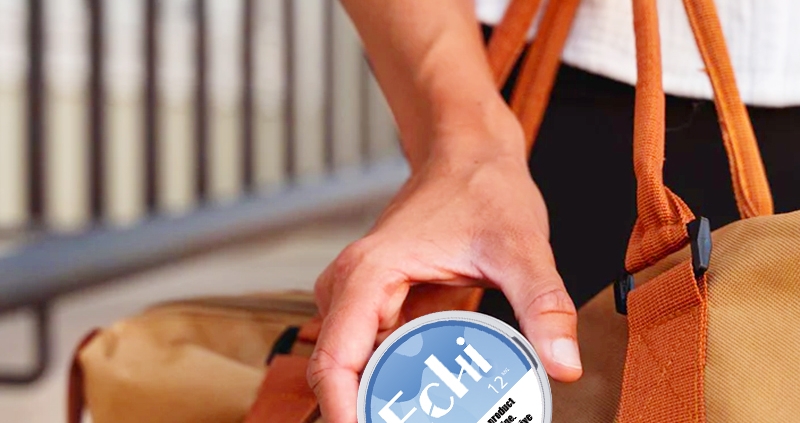

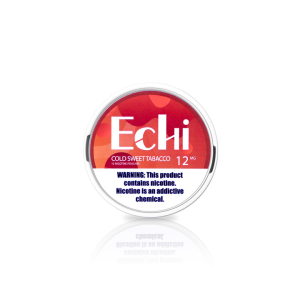

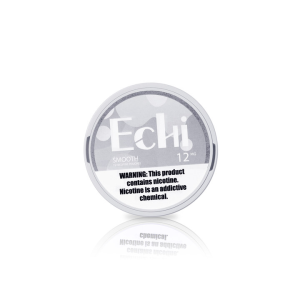
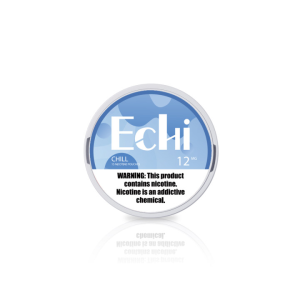
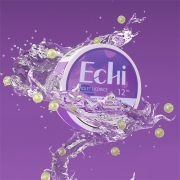
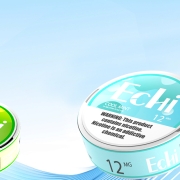
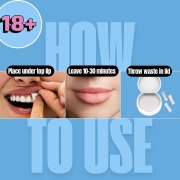
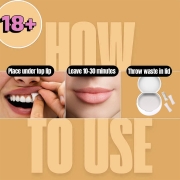
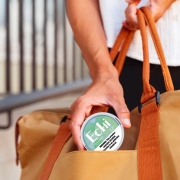
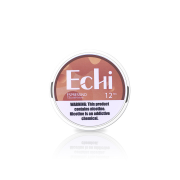

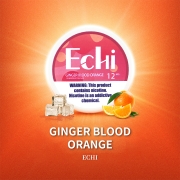


Leave a Reply
Want to join the discussion?Feel free to contribute!